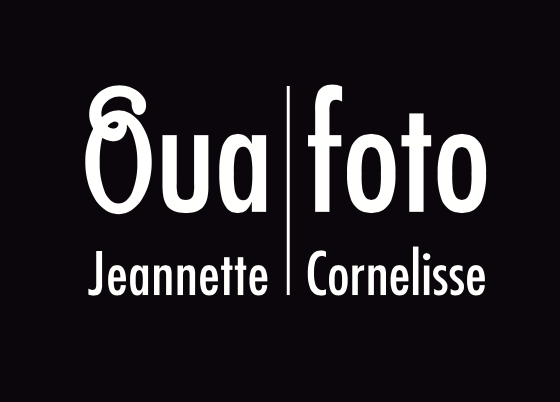Living by numbers
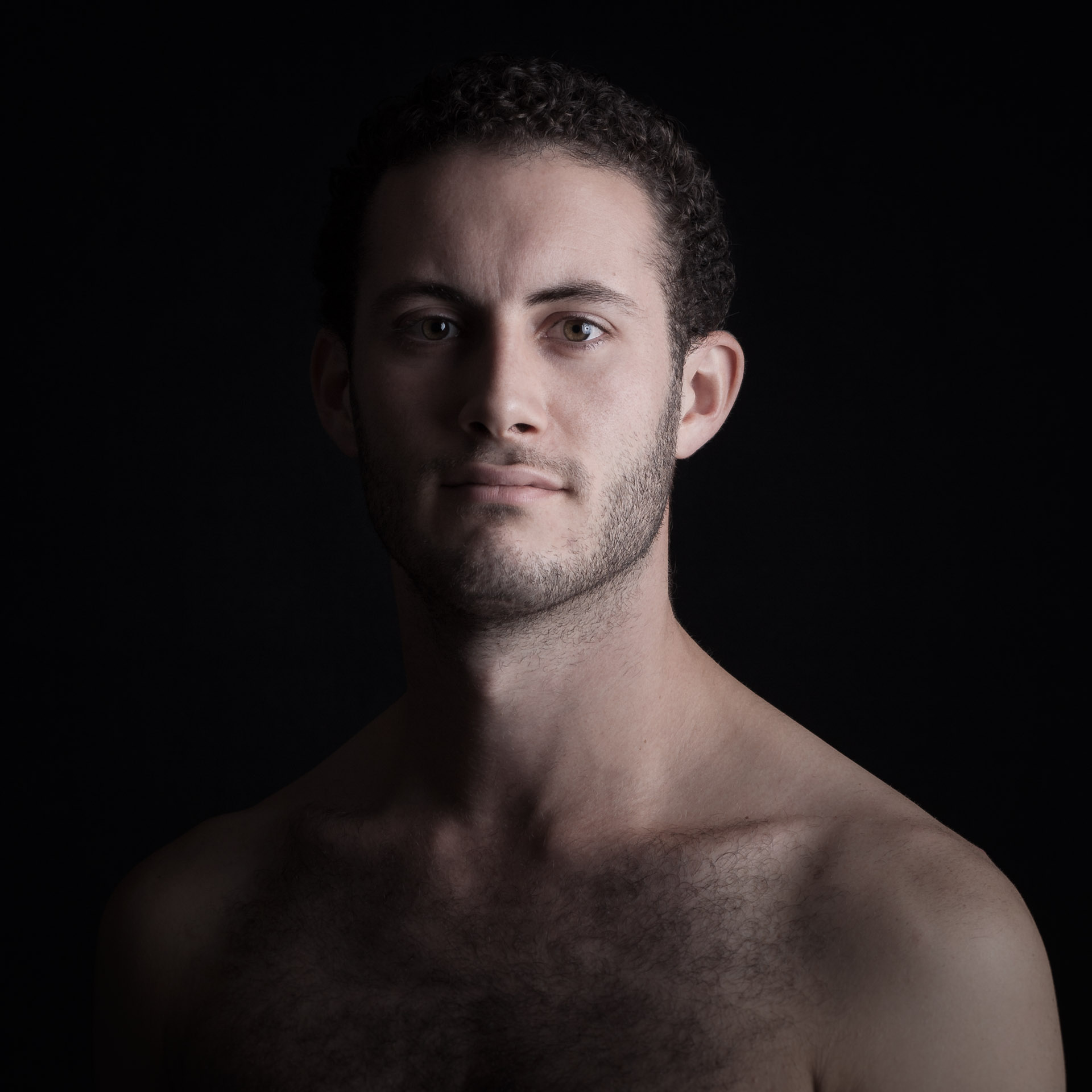
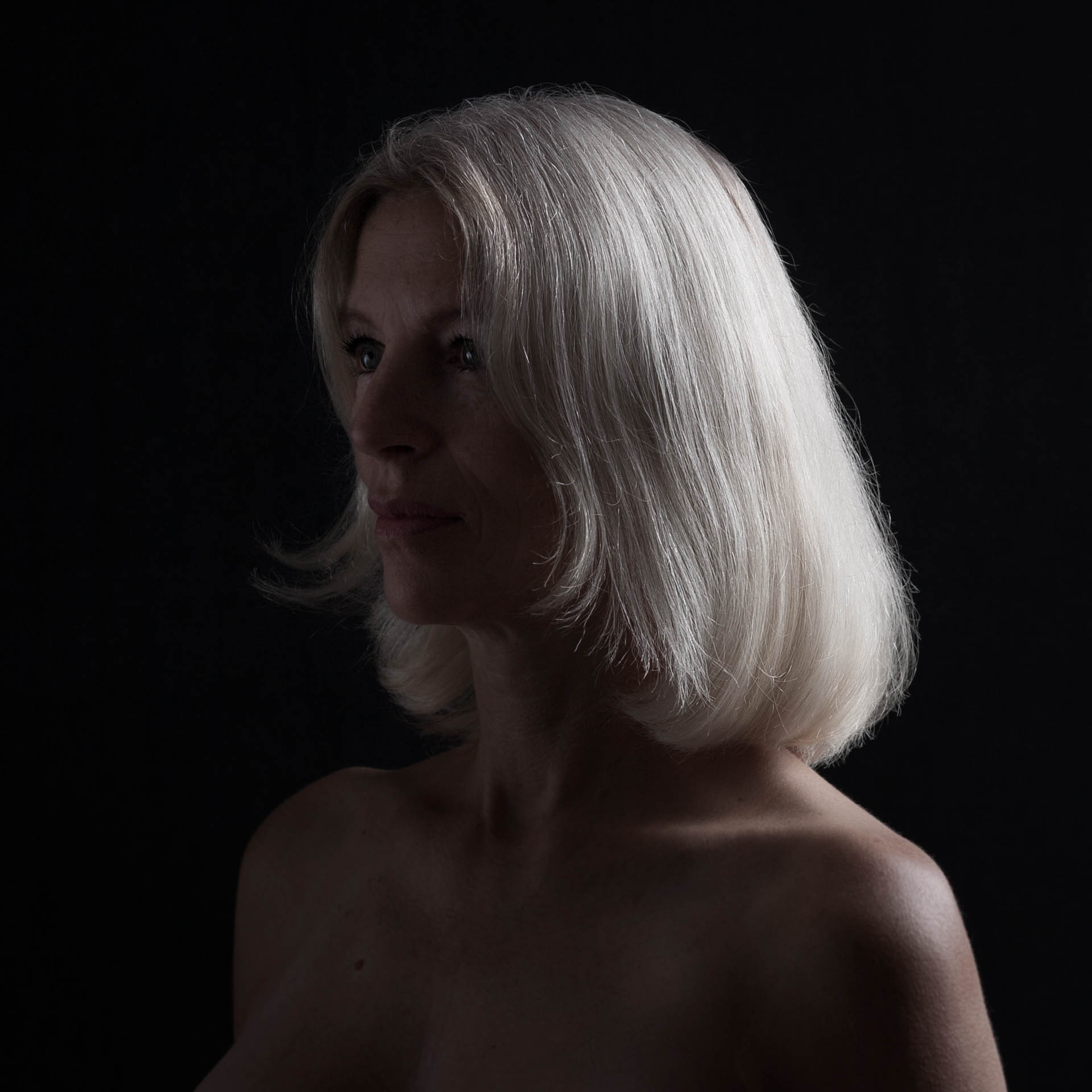
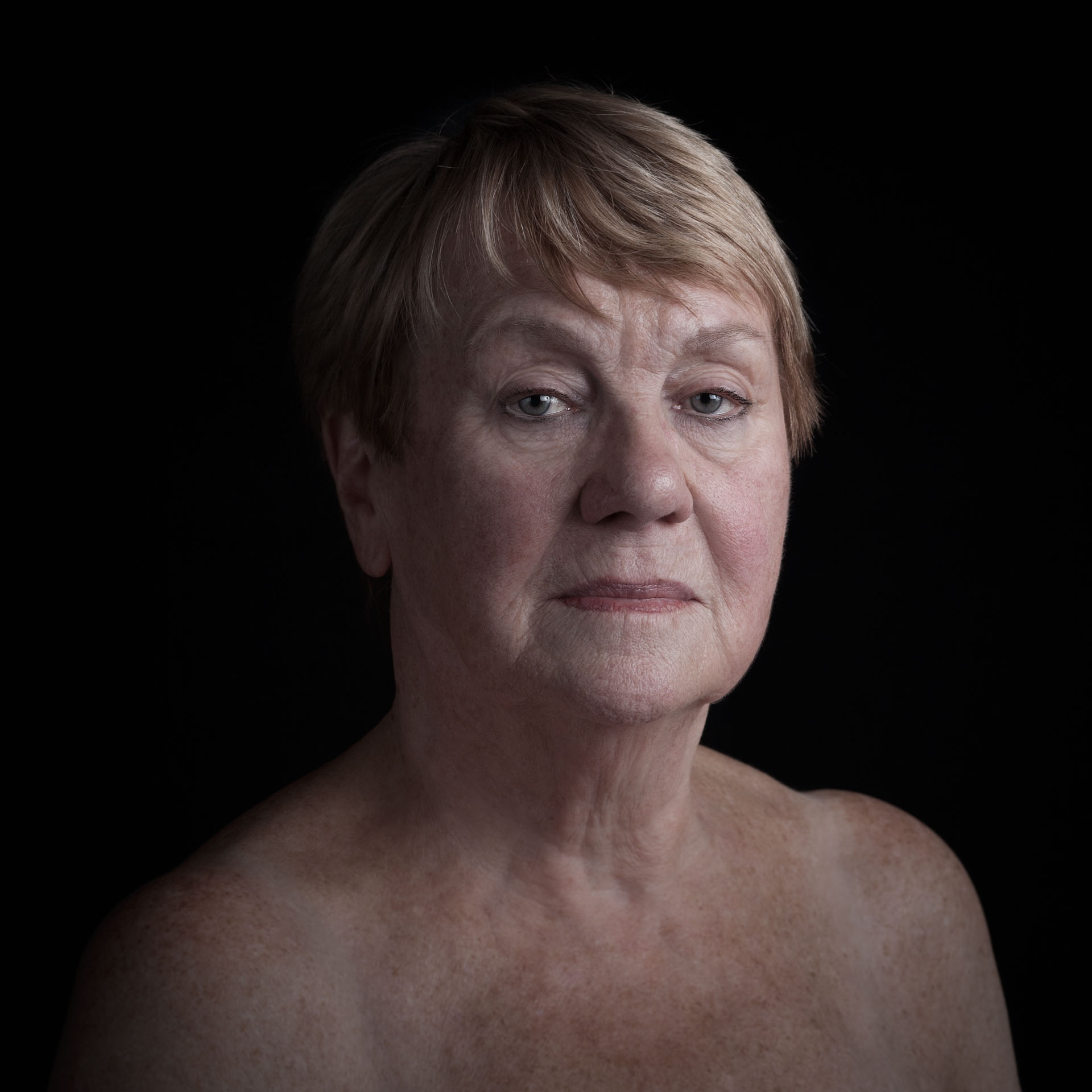
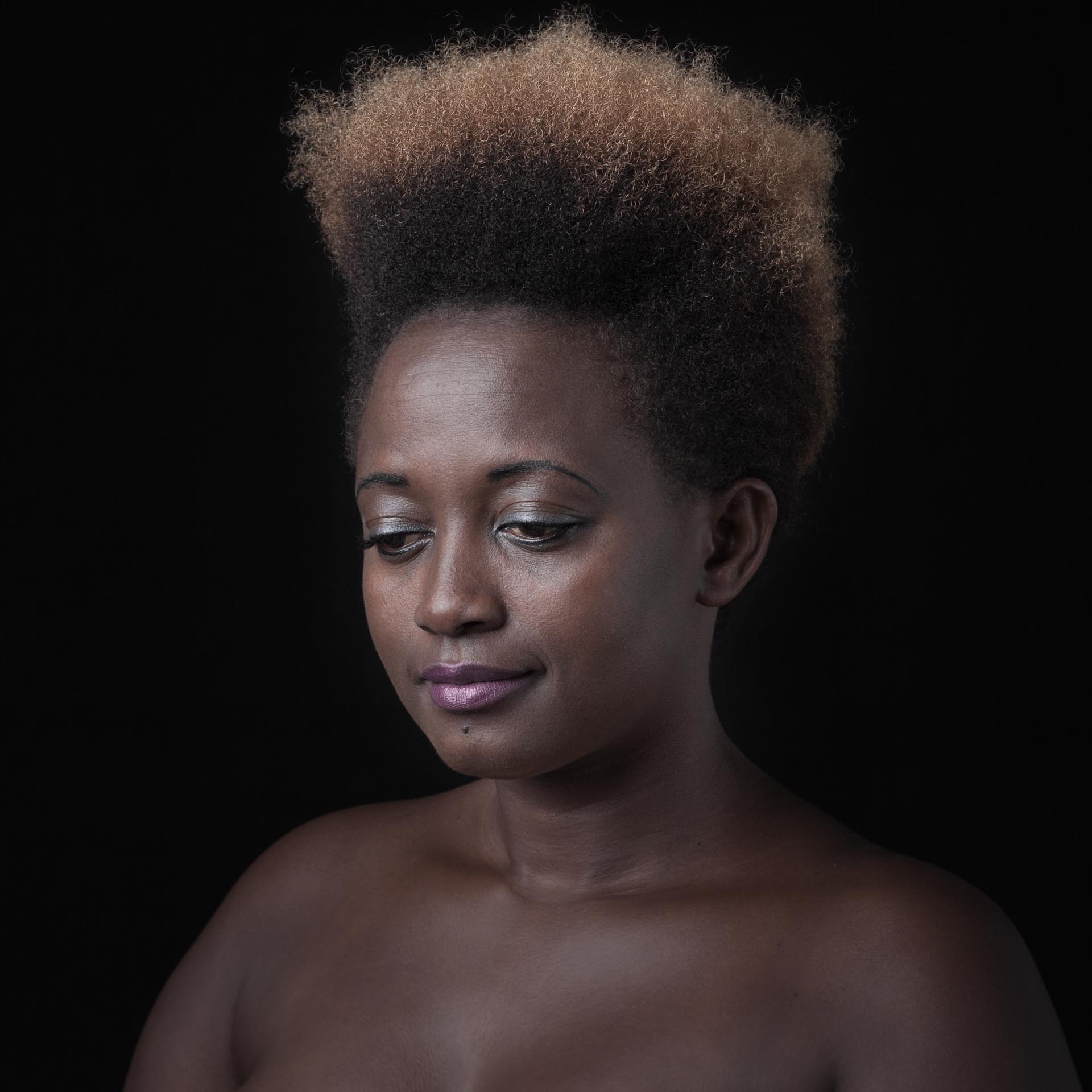
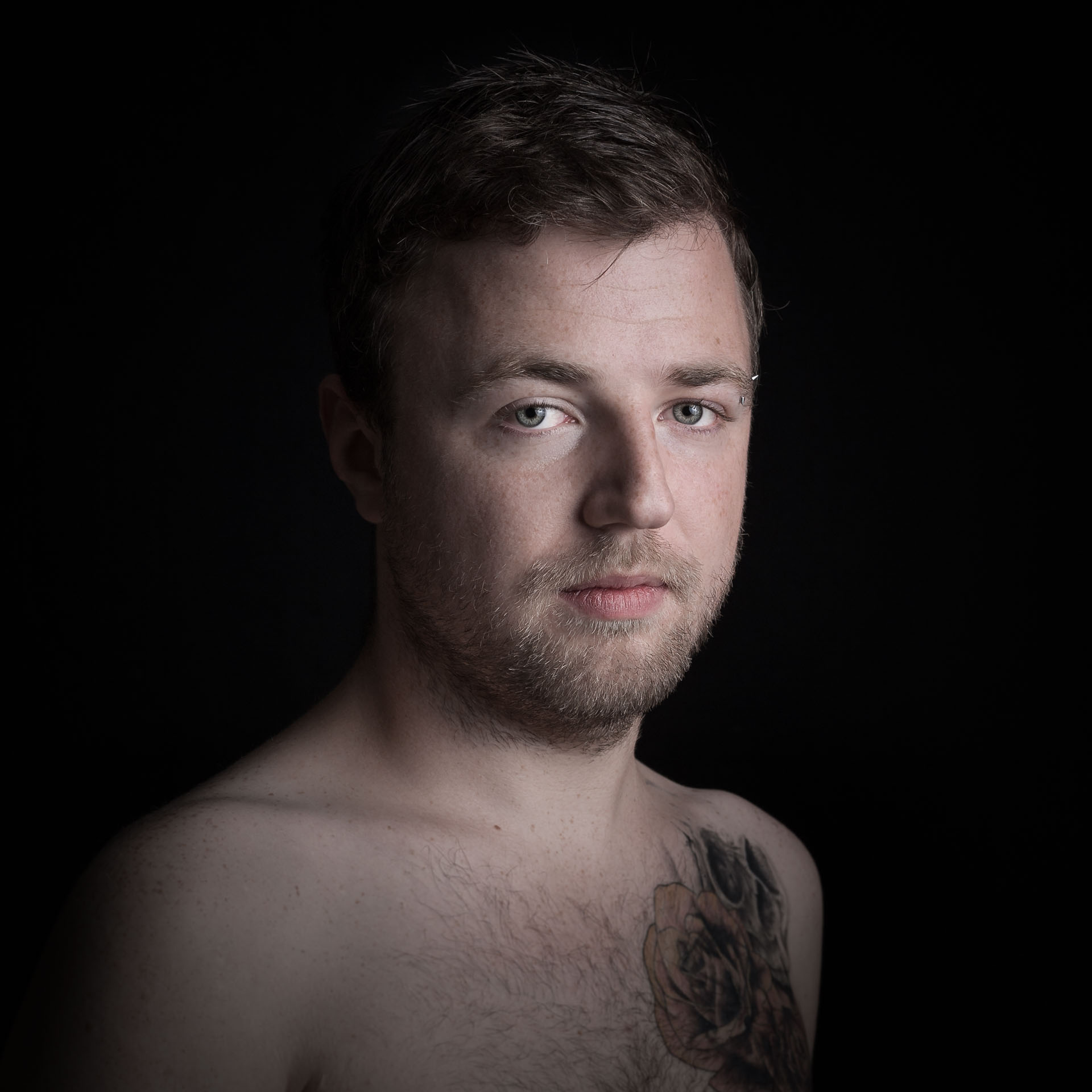
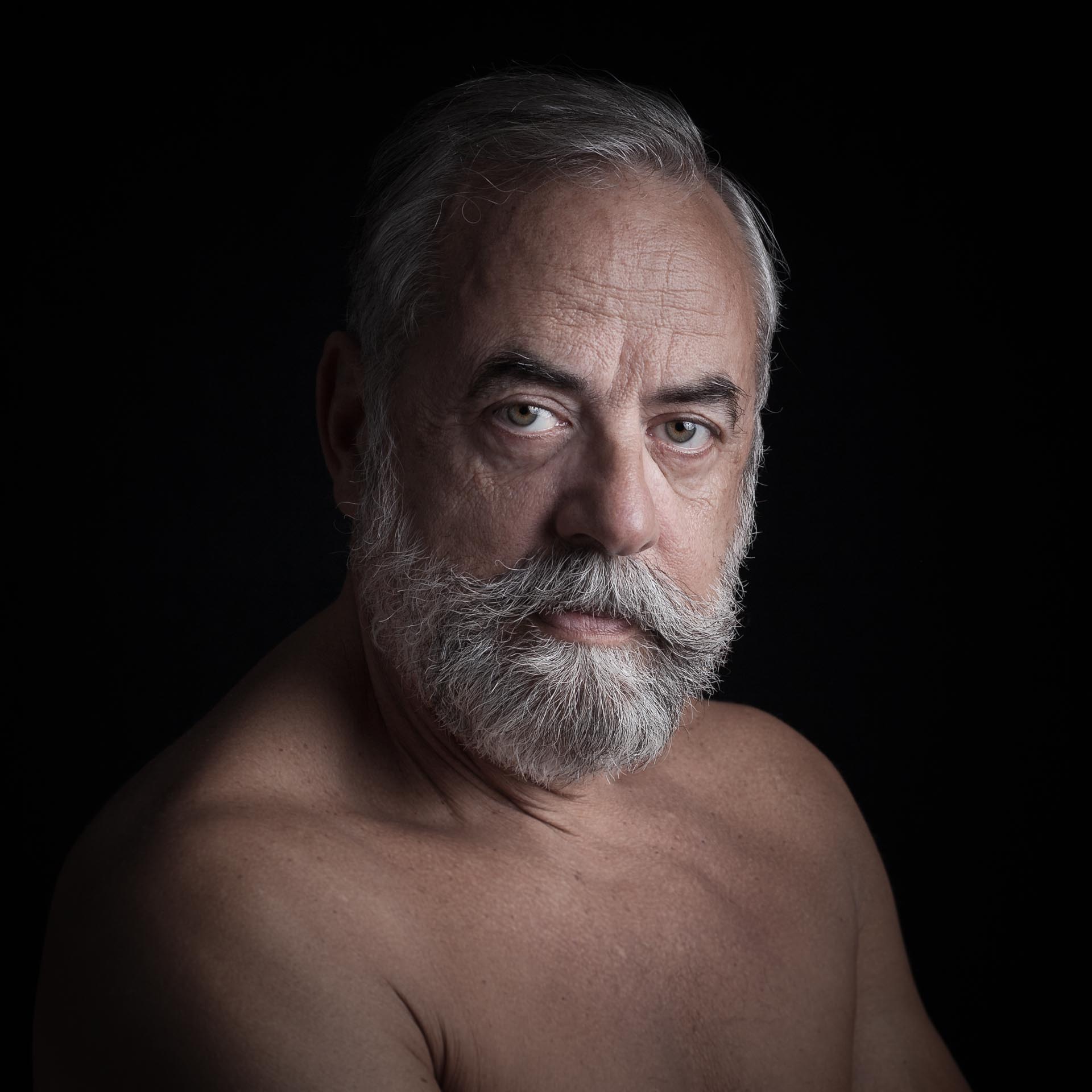
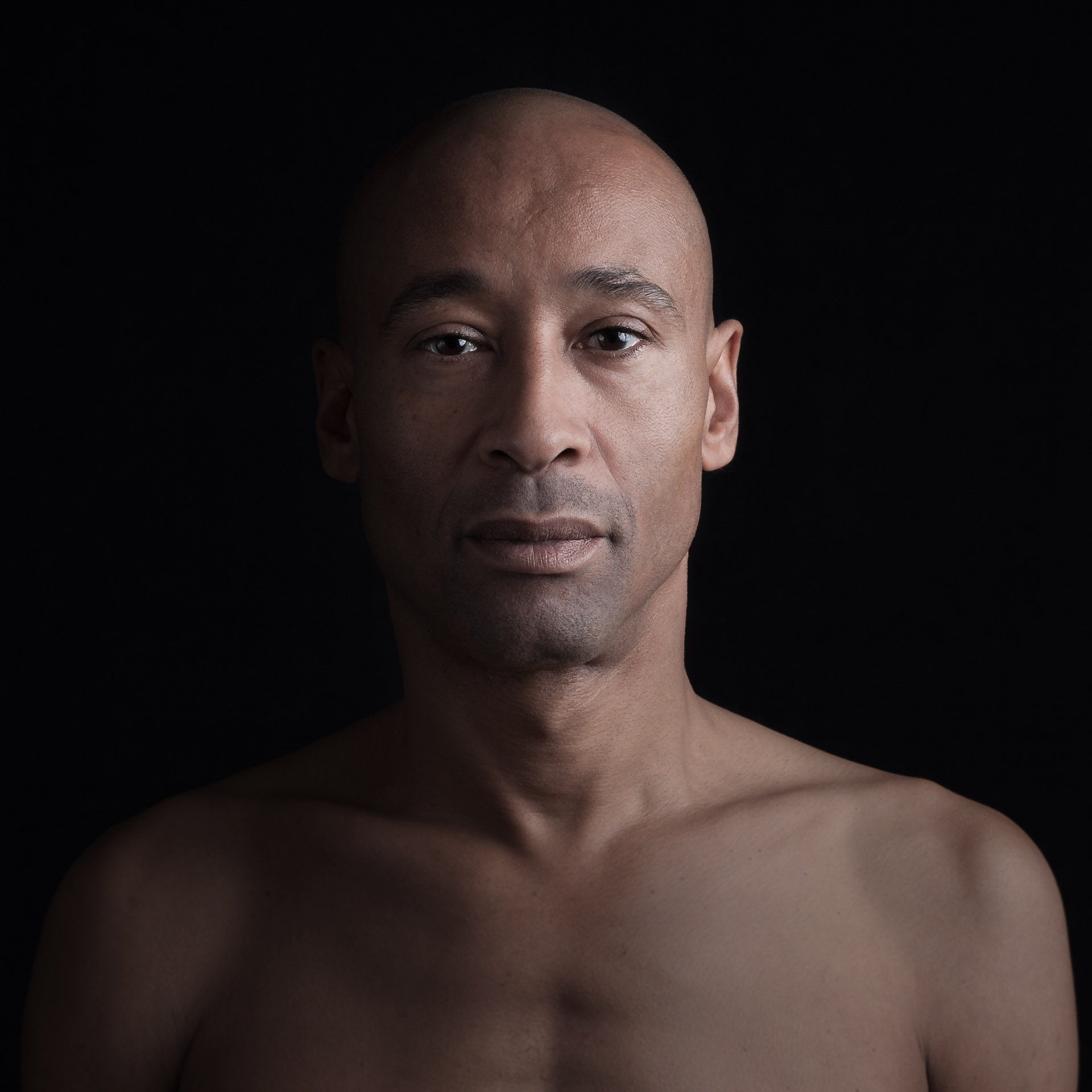
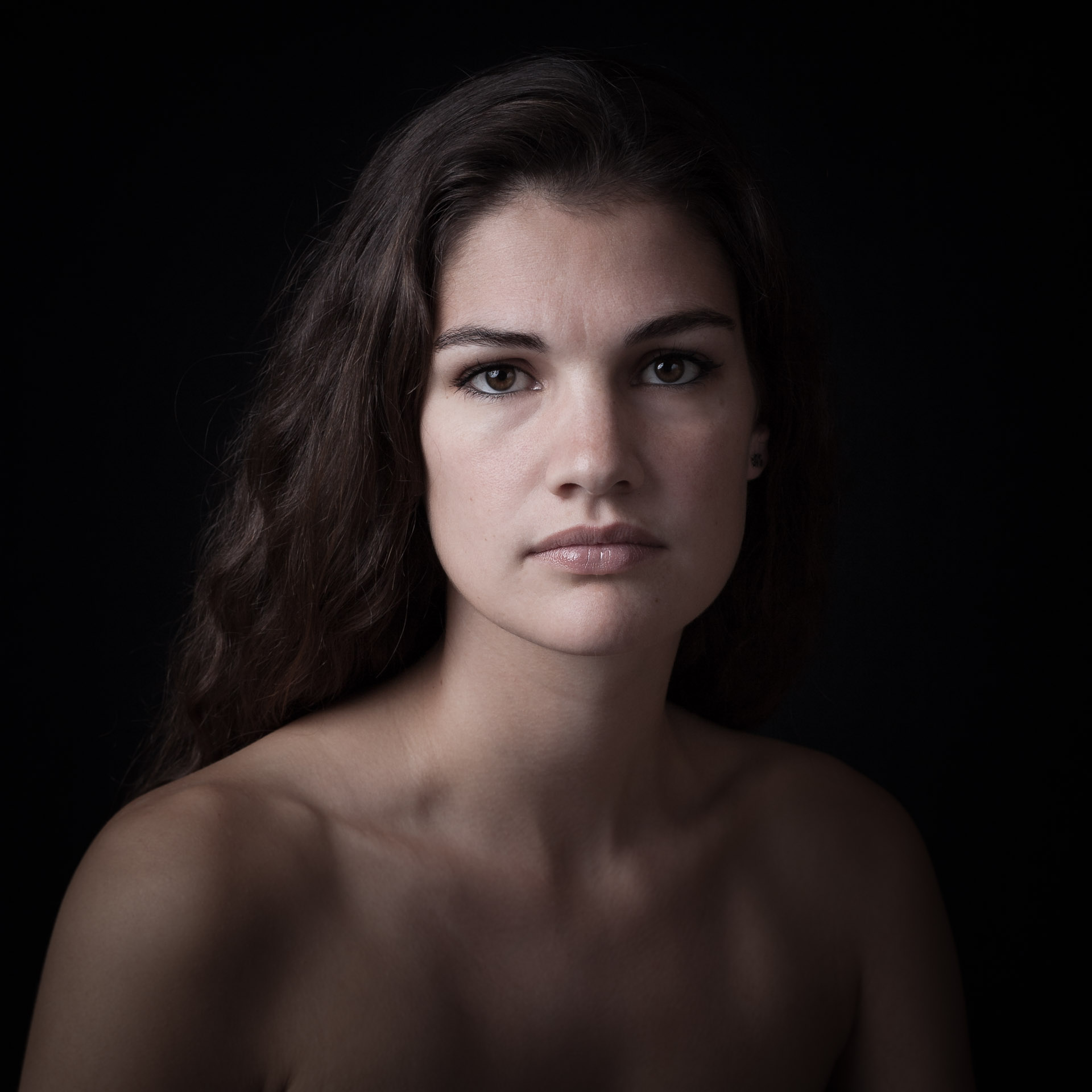
'Living by numbers' Portraits HIV/Aidsmonument Amsterdam
In 2016 the HIV/Aids monument by Jean-Michel Othoniel was unveiled in Amsterdam. A sculpture in the form of an abacus named ‘Living by Numbers’. This series of photos of the same name is part of that event and will be exhibited next to the HIV/Aids monument until 01/10/2018
At the moment there are about 22,100people diagnosed with Aids or HIV living in the Netherlands. A further 18 people are found HIV positive every week. Worldwide, every 20 seconds someone dies because of an Aids related condition. Keeping the focus on HIV and Aids alive is therefore of vital importance.
These portraits are about the impact of living with HIV. The portrayed people tell their personal story relative to numbers, while at the same time literally and figuratively ’exposing’ themselves.
In 2016 werd in Amsterdam het Hiv/Aids monument 'living by numbers’ een kunstwerk van Jean-Michel Othoniel in de vorm van een telraam onthuld. Deze foto-serie is daar onderdeel van en wordt tot 1-10-2018 tentoongesteld naast het HIV/Aidsmonument te Amsterdam.
Op dit moment leven er in Nederland zo'n 22.100 mensen met aids en hiv en iedere week krijgen gemiddeld in Nederland nog 18 mensen de diagnose hiv. En wereldwijd overlijdt er nog elke 20 seconden iemand aan de gevolgen van aids. Het levend houden van de aandacht voor hiv en aids is daarom letterlijk van levensbelang.
Deze portretten gaan over de impact van leven met hiv, de geportretteerden vertellen hun persoonlijke verhaal (in relatie tot getallen) waarbij ze zich letterlijk maar ook figuurlijk 'bloot’ geven.
© QUA FOTO | JEANNETTE CORNELISSE 2022
Email: jeanne@quafoto.nl
All photographs on this site are copyright protected by Jeannette Cornelisse | Qua Foto © All rights reserved. Reproduction of the images on these pages without permission is strictly prohibited.
